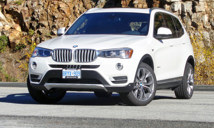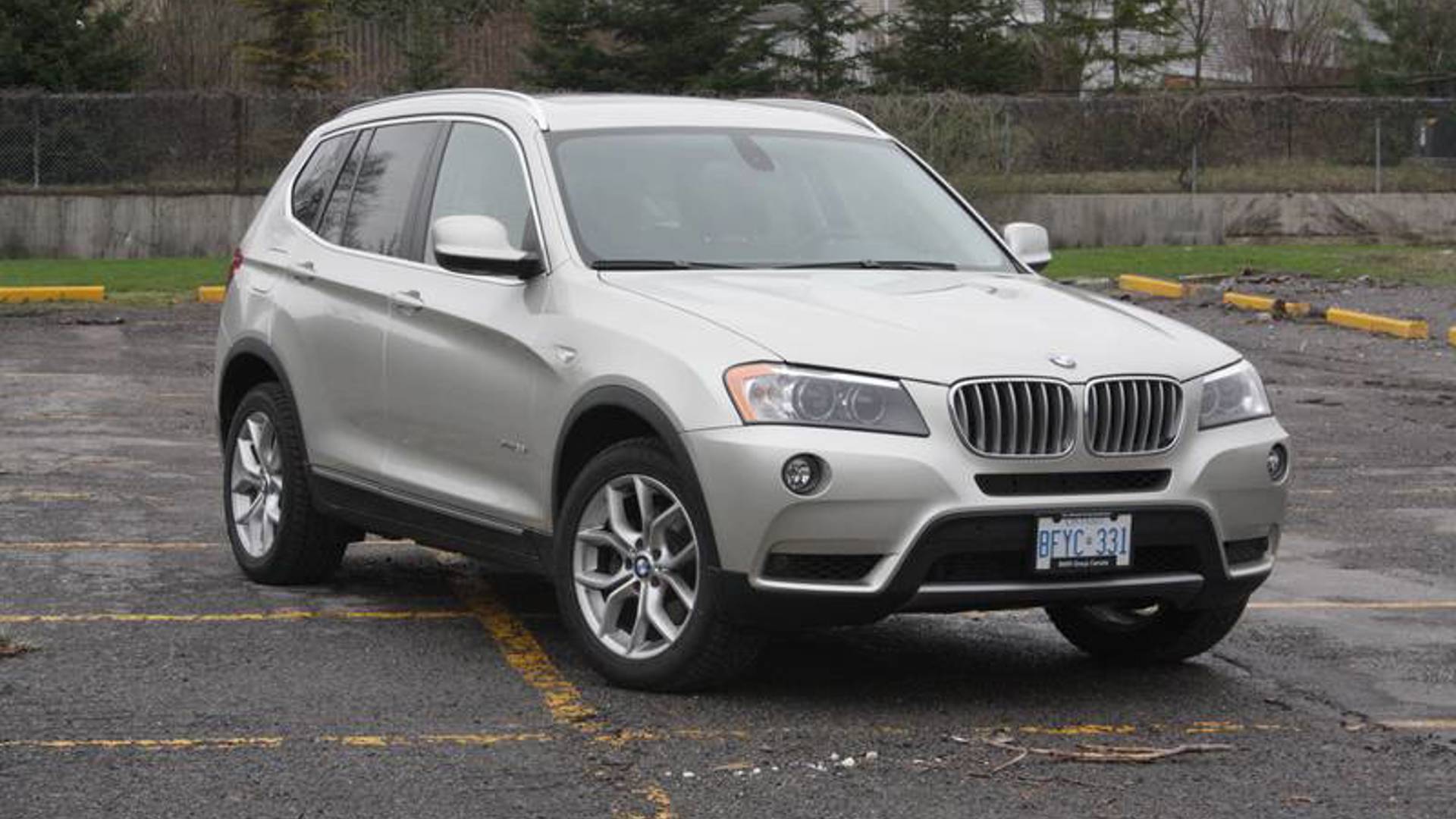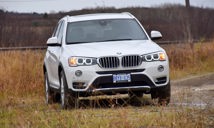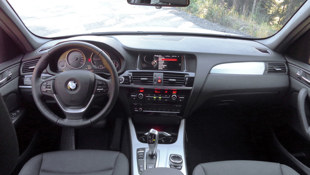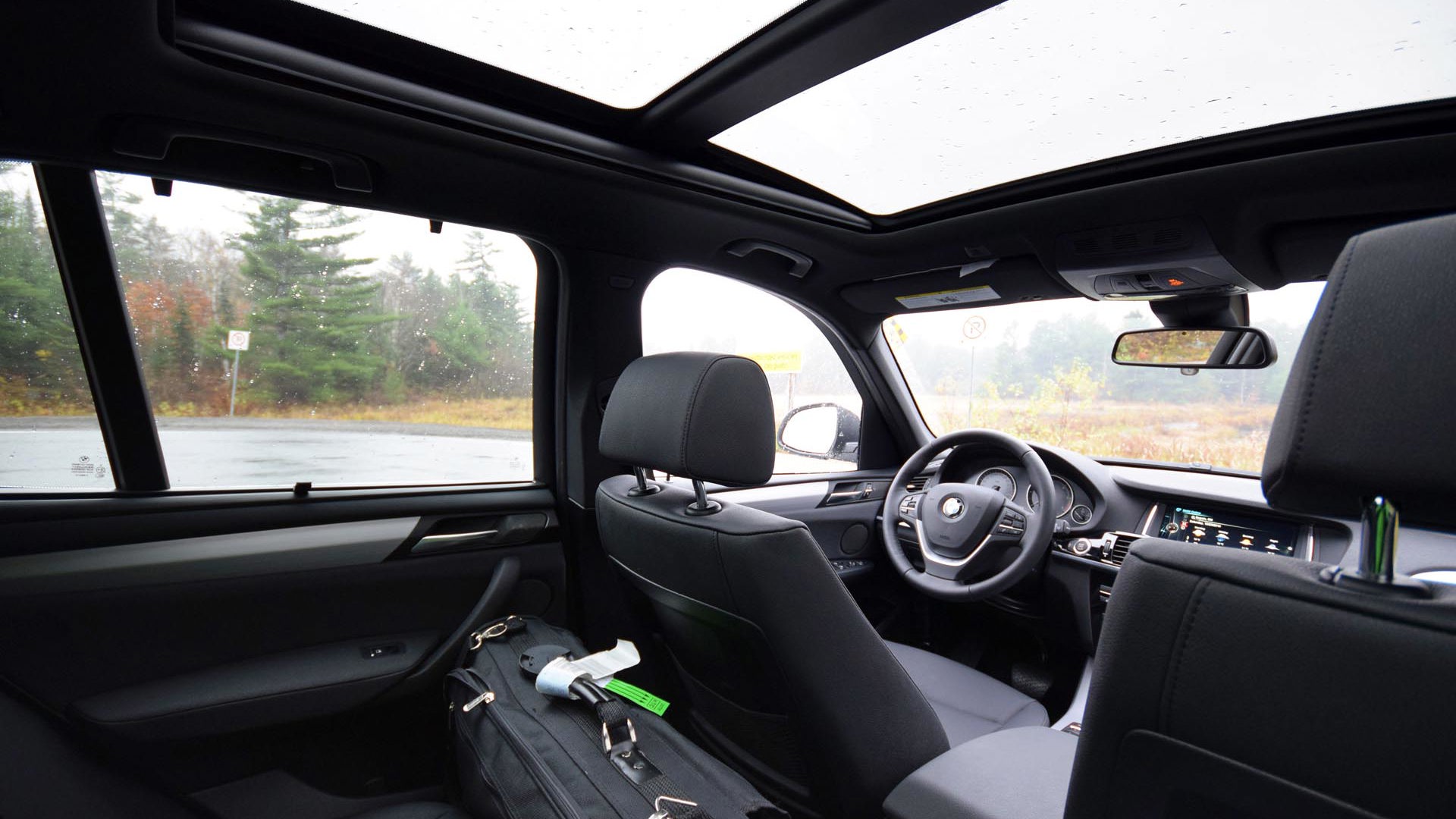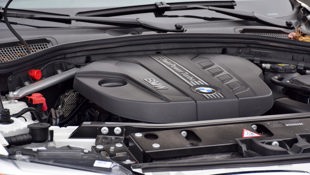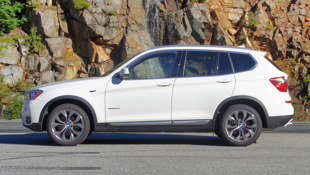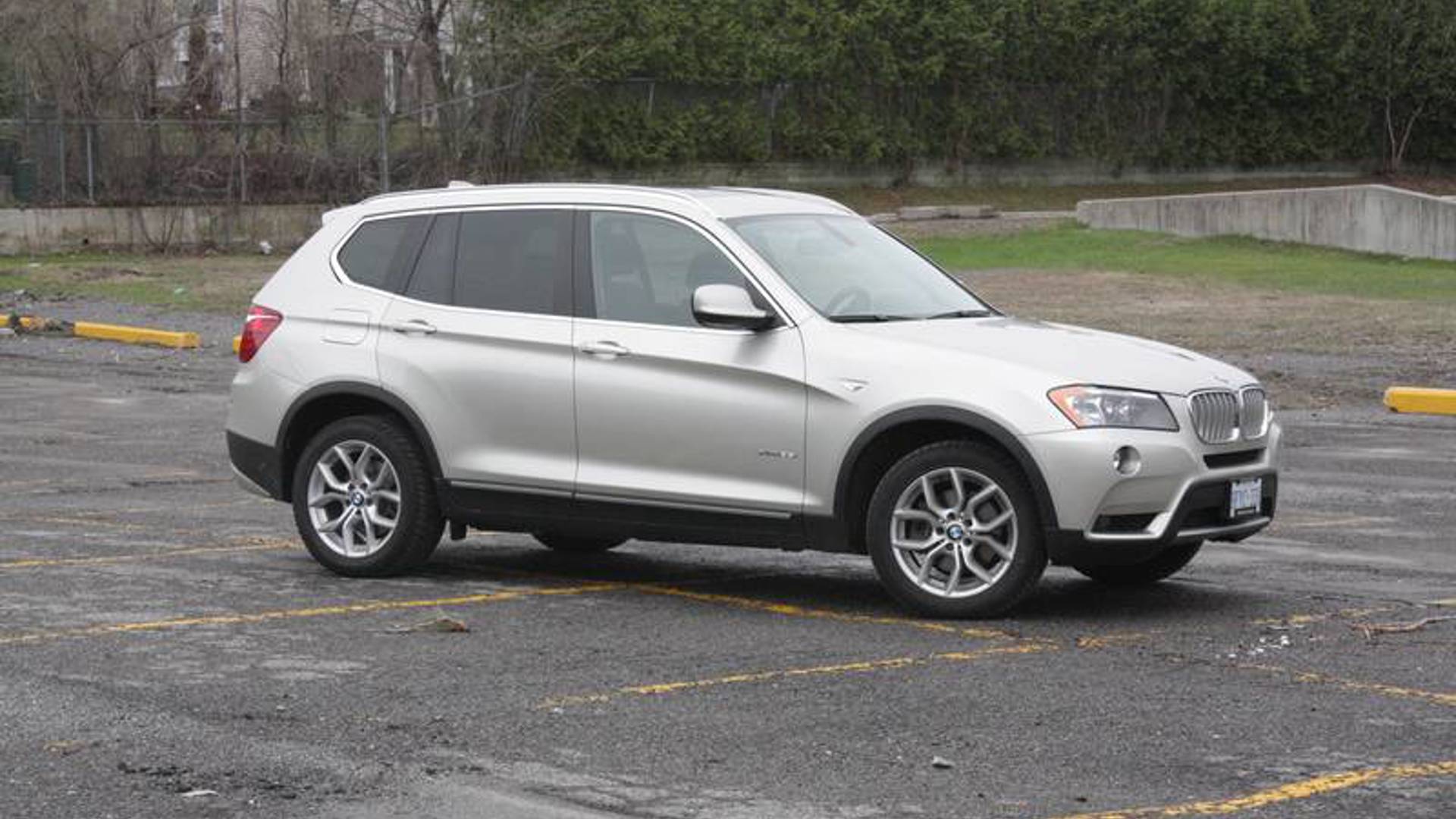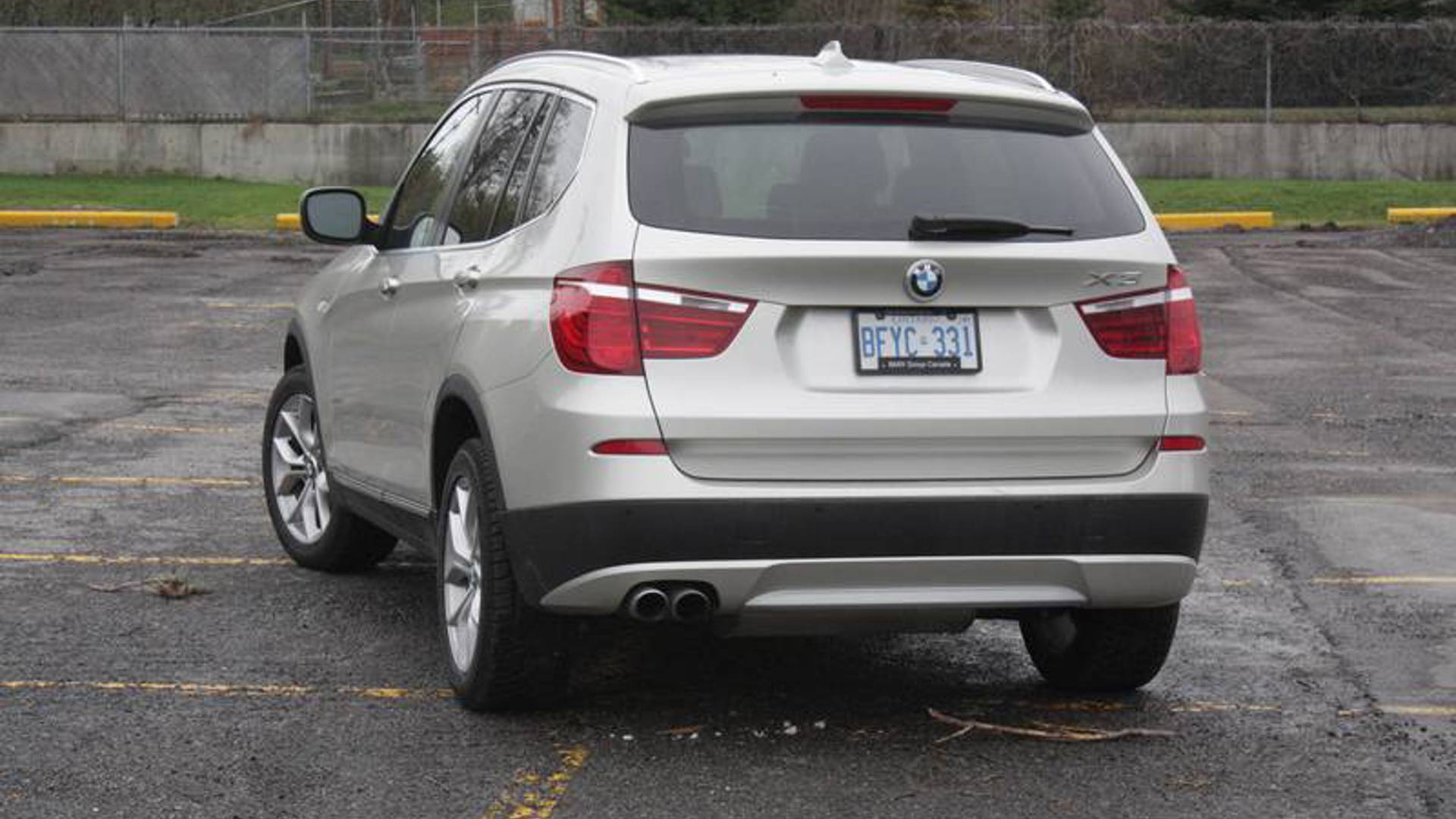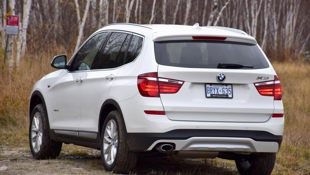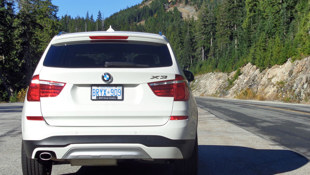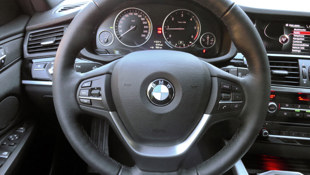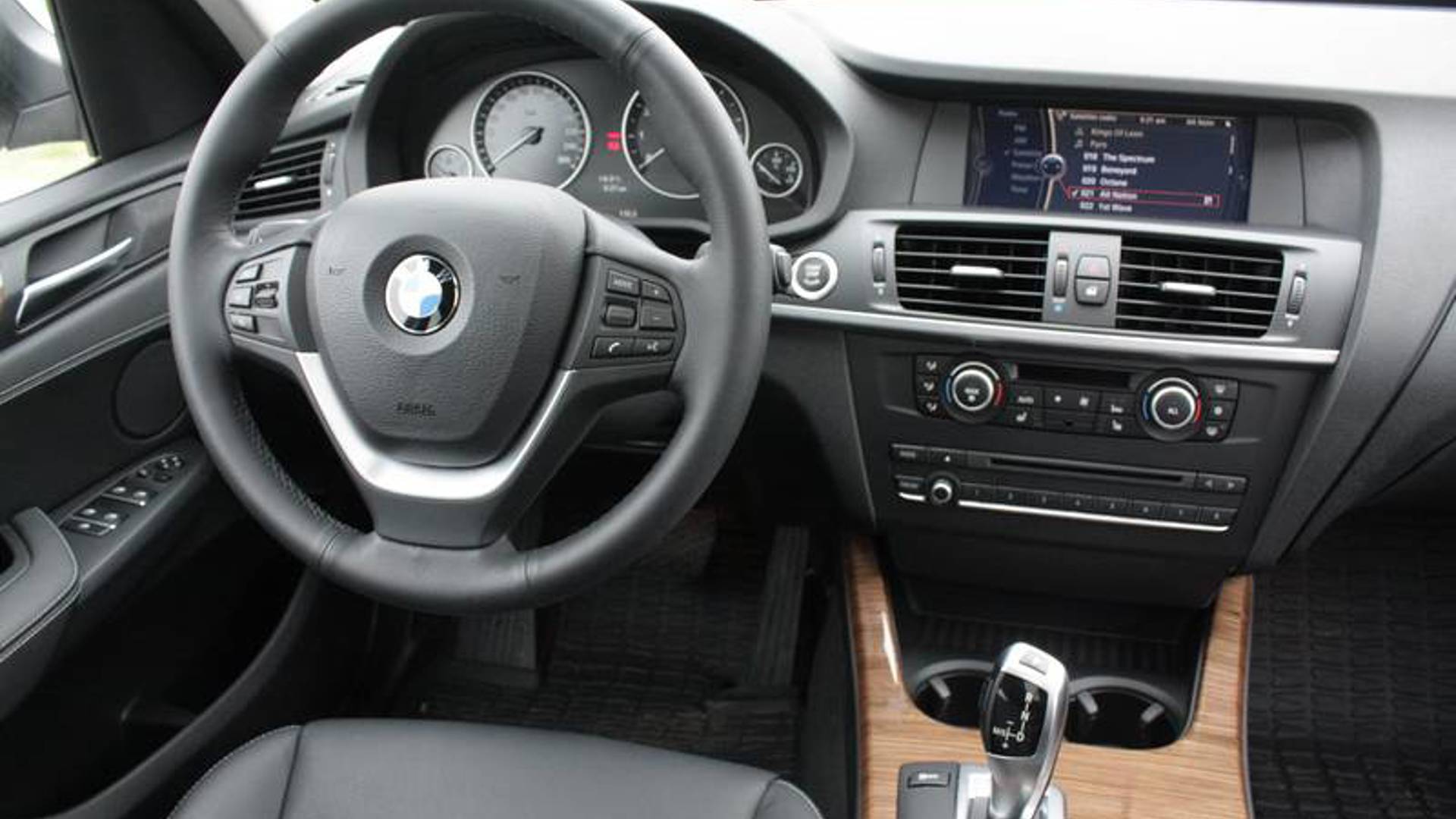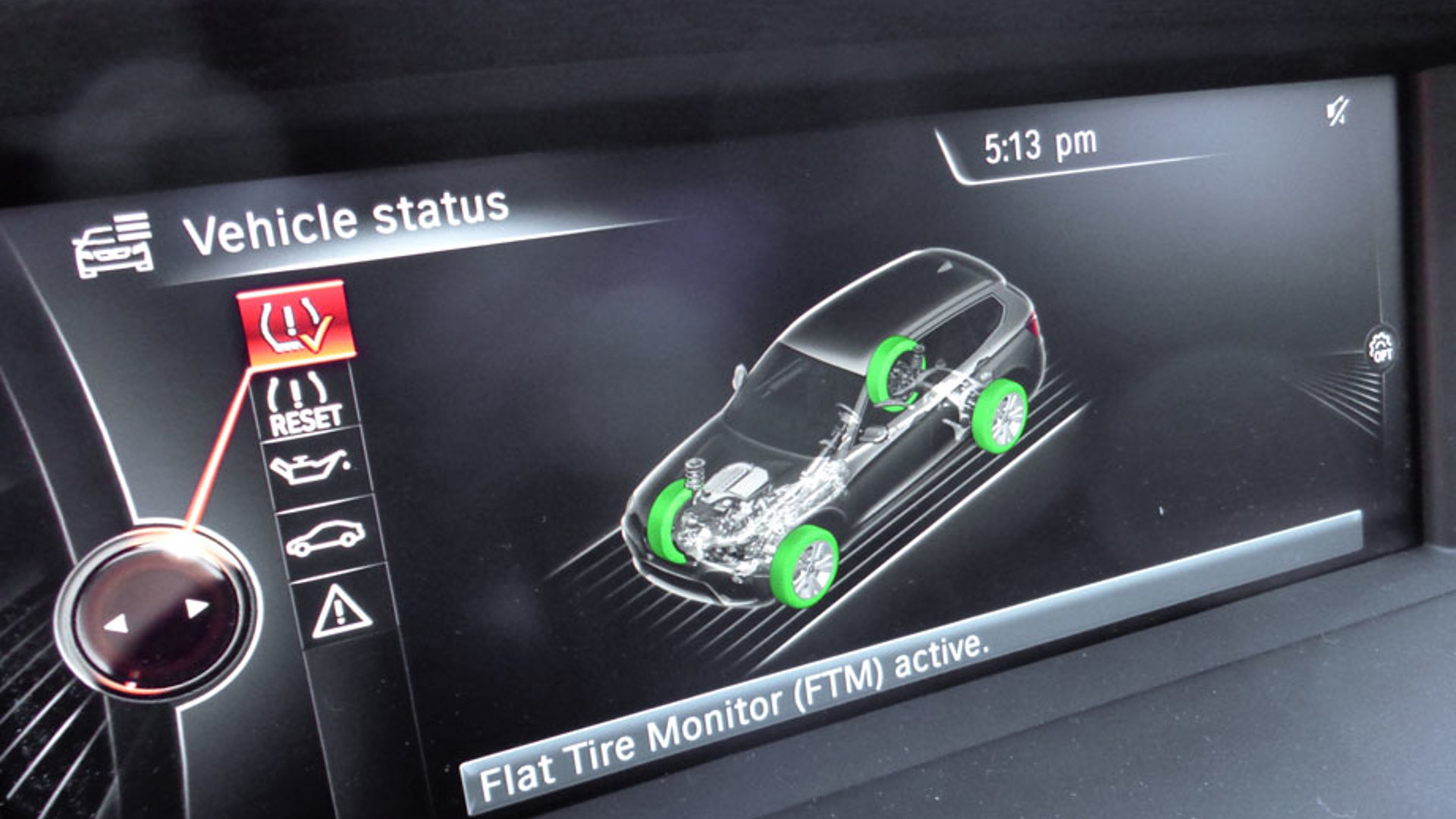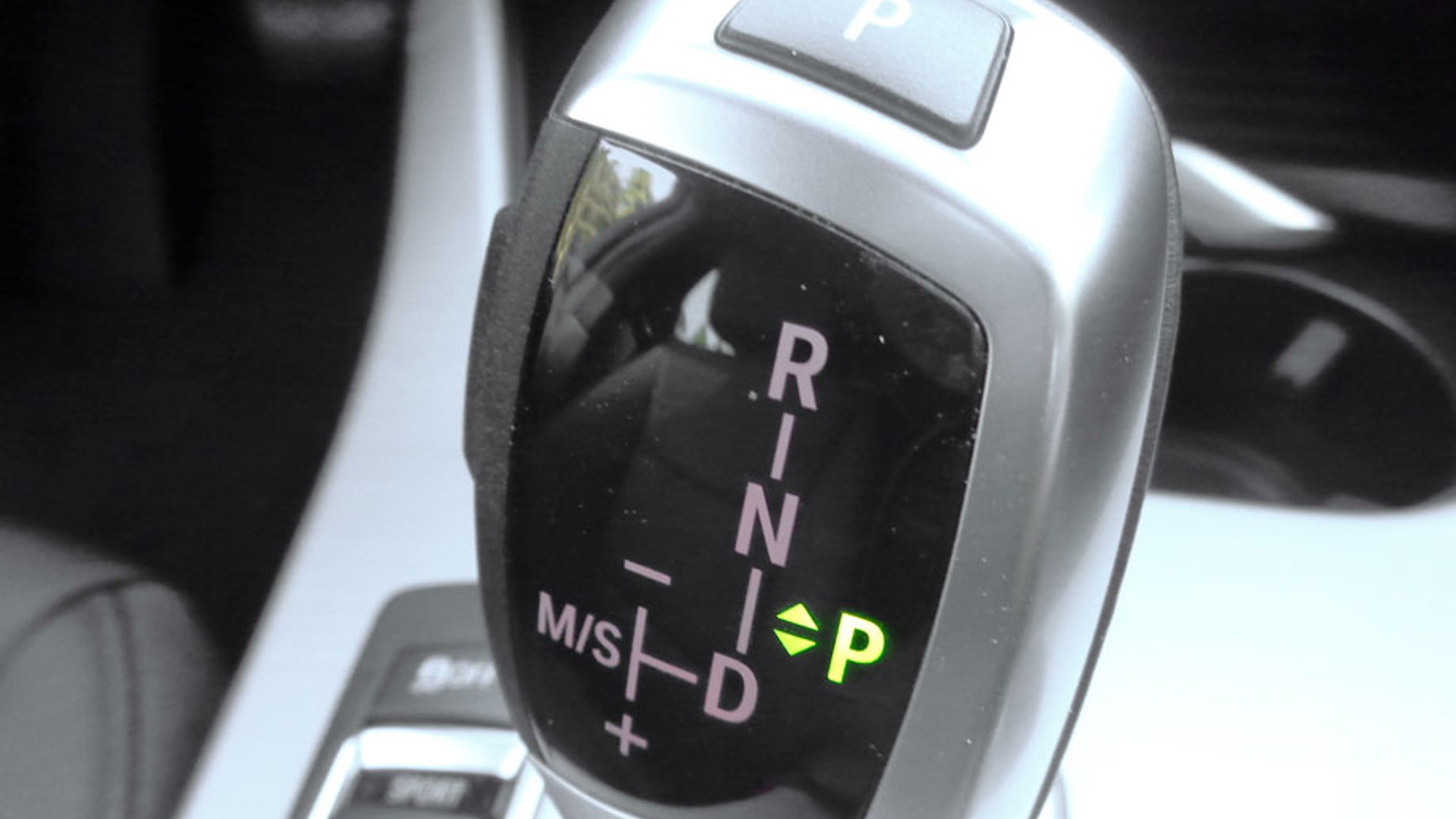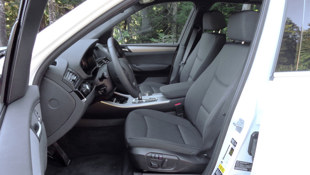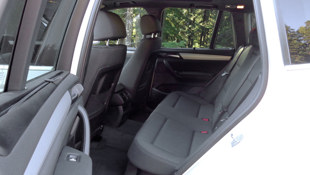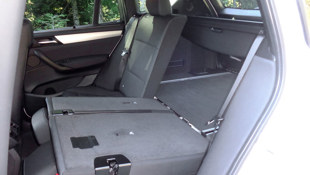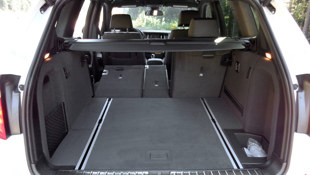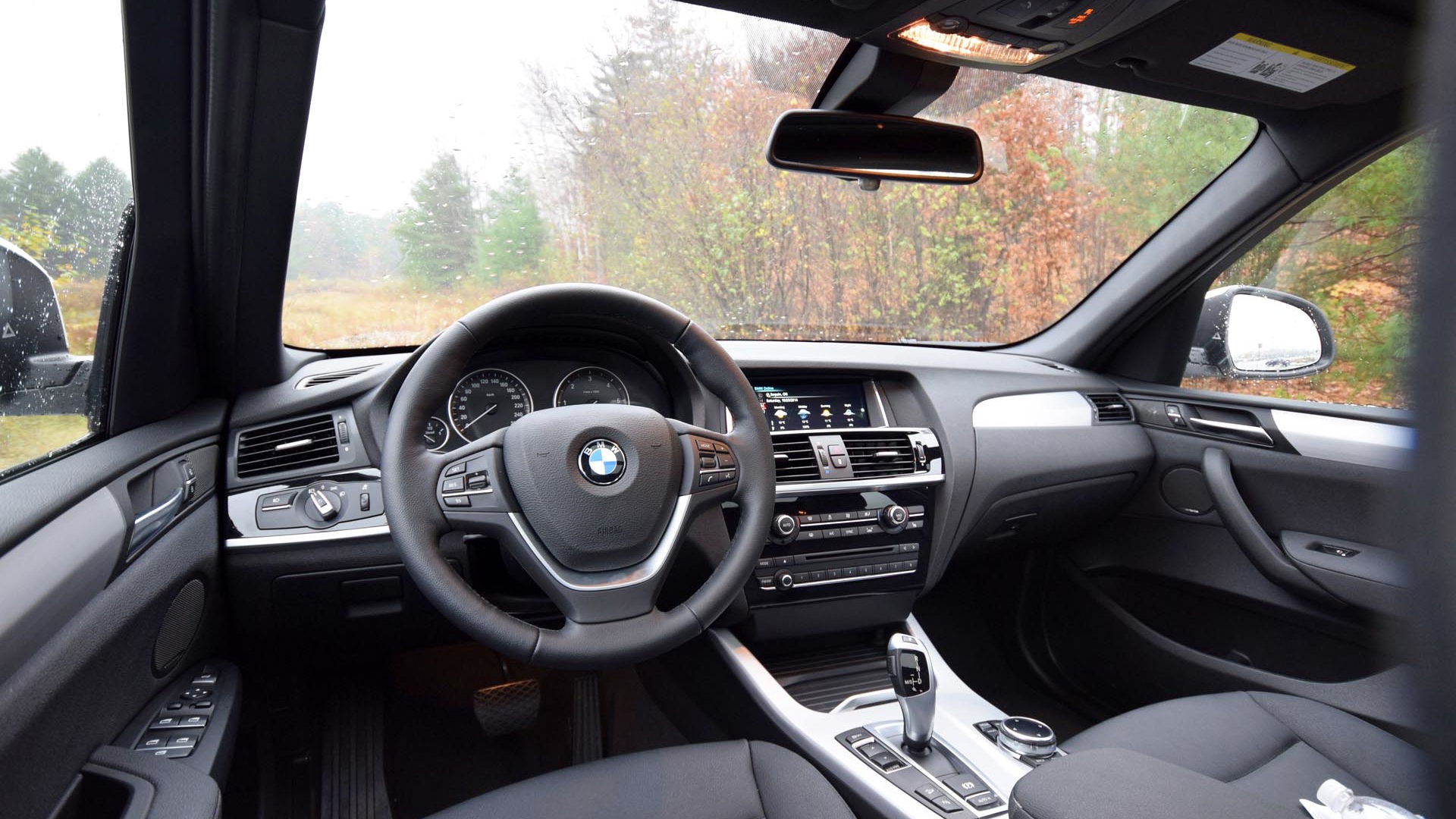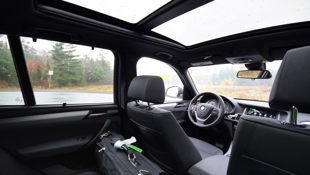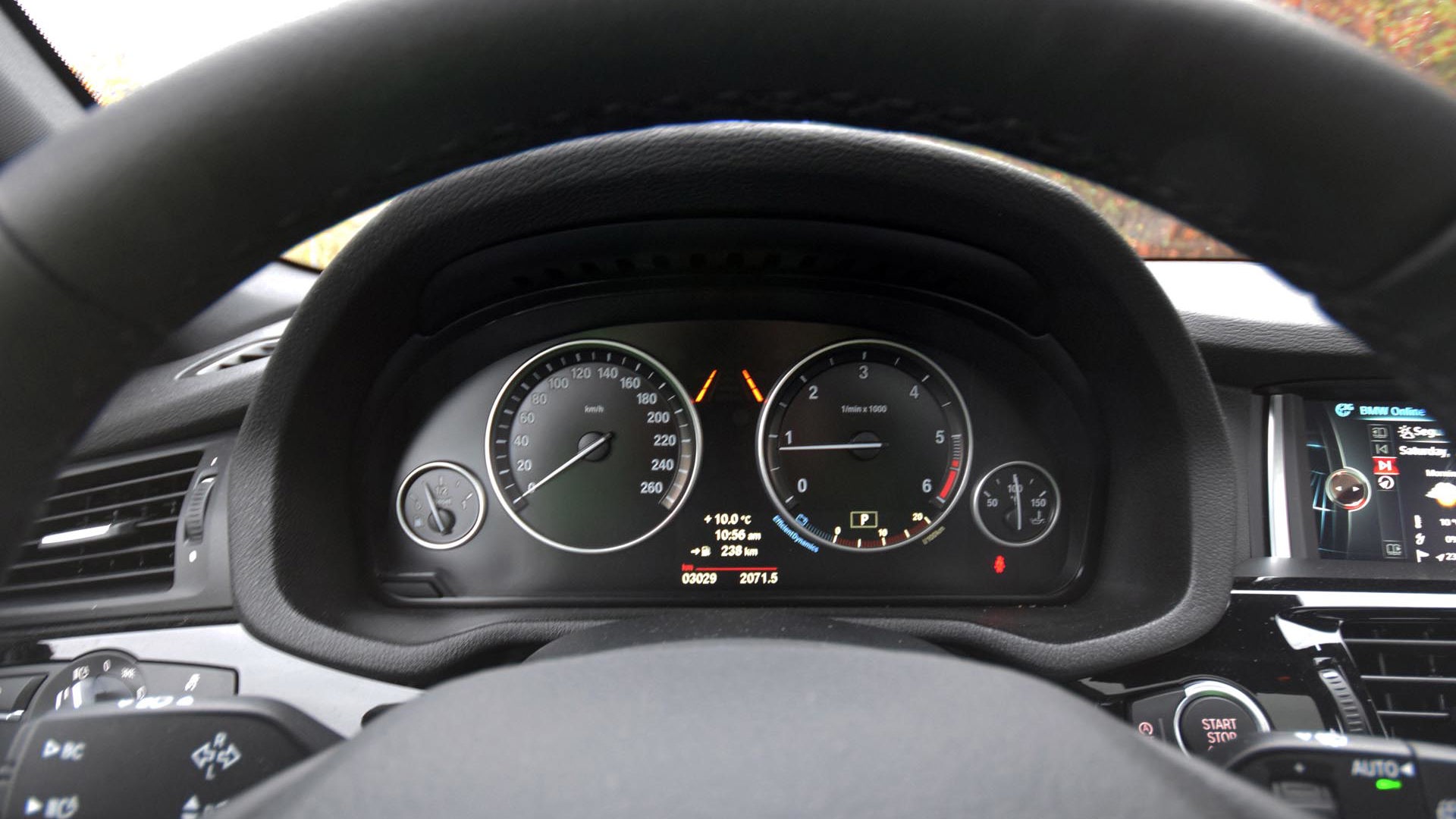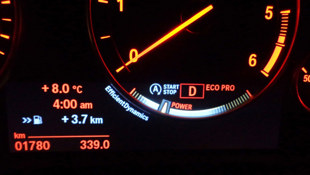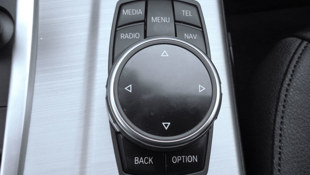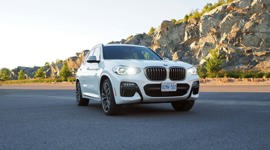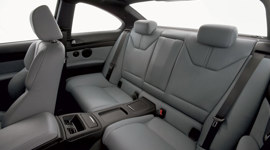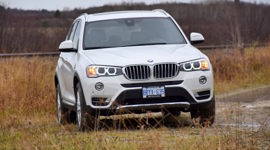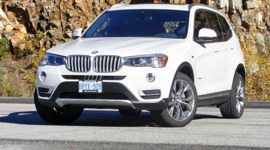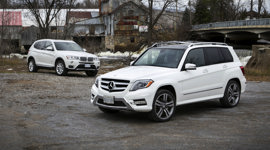Vehicle Type
The X3 was intended to meet the needs of a growing and active family, or a couple after an adventure-ready, winter-ready luxury SUV that drove and handled like a smaller car.
Luxury crossover
History/Description
The second-generation BMW X3 launched for model year 2011, again bringing BMW’s presence into the exploding compact luxury utility scene, and doing battle with (relatively) comparable models from Audi, Mercedes, Lexus, Lincoln and others.
With seating for four adults, or five in a pinch, split-folding seats, standard AWD and a touch of extra ground clearance, the X3 was intended to meet the needs of a growing and active family, or a couple after an adventure-ready, winter-ready luxury SUV that drove and handled like a smaller car.
Look for feature content including push-button start, rain-sensing wipers, automatic climate control, navigation, premium audio systems, motorized tailgate, heated steering wheel and plenty more. A panoramic sunroof, window shades, back-up camera and variable steering system could also be specified.
Engines
Look for straight-six power in earlier models, with a 3.0L unit powering xDrive28i models, and a turbocharged variant thereof in the 300 hp xDrive35i. From 2012, the naturally aspirated 3.0L straight-six was replaced by a 241 hp turbocharged four-cylinder with improved performance and mileage. Depending on the year and model selected, a six- or eight-speed automatic transmission with paddle shifters could be specified.
What Owners Like
Pleasing handling and confidence, a flexible cabin, a highly effective AWD system and sporty steering were noted by many X3 owners from this generation. The silky 3.0L straight-six was a favourite powerplant, and the twin-turbo straight-six turns the X3 into a proper hot-rod, according to owner reviews. Fuel economy is rated highly with the X3’s smaller engine options, too.
What Owners Dislike
Some owners wish for a more lavish or colourful interior, possibly trimmed with more upscale materials, and an easier-to-use iDrive central command system. Many owners note that the run-flat tires diminish ride comfort and quality, especially on rougher surfaces. Finally, numerous owners have reported disappointment with the feature content list at various price points, noting that the model was relatively sparsely equipped for the price, compared to numerous competitors.
Here’s a look at some BMW X3 owner reviews.
The Test Drive
Start with all on-board electronics, running the Bluetooth phone system, iDrive central command system, automatic climate control system, and all motorized / heated / chilled / memory seat functions through their paces, several times, confirming proper functionality. Issues relating to non-operational seat functions are most likely caused by a bad switch or control module, and any fussiness (crashing, lagging, rebooting) from the iDrive command console can likely be fixed with a software update, but have a BMW technician confirm that’s the case – or a new head unit, which is considerably pricier, may be required.
Confirm proper operation of the vehicle’s lighting system too, noting that xenon headlamp provisions will be relatively pricey to replace if they’re burned out, and that numerous owners have reported failed LED taillamp assemblies, possibly caused by a faulty module circuit board. Some owners have had luck with a DIY fix involving a soldering iron, while others have had dealers make the repairs for a few hundred dollars.
Check the X3 you’re considering for a “check engine” light or a “Drivetrain Malfunction” message in the central command system (via the iDrive console, click “Vehicle”, then “Check Status” to perform a self-check). If a Drivetrain Malfunction warning is present, the cause could be a bad ignition coil, which is resulting in a misfire. This is a relatively commonly discussed problem in the owner’s community, and shouldn’t be too pricey to address. In any case, when an error message like this is displayed, be double-certain to have the vehicle inspected by a BMW technician before your purchase. Here’s some more reading.
If you’re considering a used X3 with the newer N20 engine – that is, the 2.0L turbocharged four-cylinder, be absolutely sure to budget for extended warranty coverage, or consider selecting another engine option. Owner forums are full of discussions about problems with this engine, particularly centering around timing chain stretch or failure, which can result in total engine loss. Here’s some more reading on X3 N20 engine problems. Here’s an example from one driver on why extended warranty coverage is a great idea for a used X3 with this engine. And some more reading here. Note that an earlier unit with the more proven 3.0L straight-six engine is likely a safer bet.
In any case, and with any engine, be sure to have the X3 you’re considering checked for leaks, and associated fluid levels. Some owners have reported oil seepage from beneath the oil filter, likely caused by a bad gasket. Others have reported coolant leaks from a variety of sources, possibly in conjunction with cooling system failure caused by a bad water pump, often at lower-than-expected mileage. Note that cooling system failure will typically cause a warning to be displayed to the driver, and that continued driving with a non-functional cooling system will often destroy the engine. Translation? If, while driving your new-to-you X3, you note a cooling system malfunction error message, stop driving immediately. Here’s some more reading. And some more.
Further, have a BMW technician inspect the transmission and surrounding area for signs of a fluid leak from something called the mechatronics adapter sleeve, especially if you detect a lurching or shuddering sensation as the X3 is about to stop.
Other strange sensations or noises, including a clunk from the front end, or excessive play in the steering wheel, can come from a bad steering rack, which owners say is pricey to fix outside of warranty, and may be misdiagnosed as bad tie-rod ends.
The Verdict
If you’re set on buying a used BMW X3 from this generation, here’s what to do for maximum peace of mind: first, pick a six-cylinder-powered unit, whether turbocharged or not. Second, have a BMW technician fully inspect all of its components and systems before agreeing to purchase. Third, add any available extended warranty, confirming that it covers the vehicle’s powertrain.
Purchasing a used X3 from this generation without a full pre-purchase inspection and extended warranty is not advised – and even more so on units with the 2.0L engine.
Crash Test Ratings
NHTSA: 5/5 stars (2016)
IIHS: Top Safety Pick (2012)
